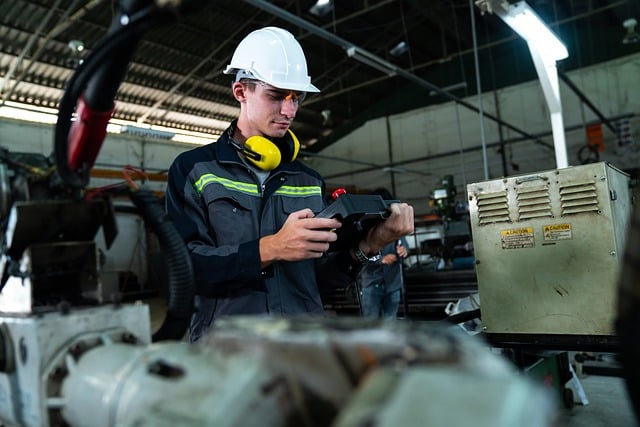- August 9, 2023
- Posted by: David Marshall
- Category: Digital Transformation, Manufacturing

When you’re recruiting in the digital manufacturing era, some of the strategies are the same as they were 50, 40, or even 30 years ago when manufacturing was a semi-skilled profession. It was easier to find people, but now, because digital manufacturing is a highly skilled position, the demand for workers is very high. There’s such a shortage that keeping people around is a little more difficult than it was in the 1990s. That makes sustainable manufacturing rather difficult.
So, rather than spending all of your energy trying to hire new people, it makes more sense to try to keep your current associates around. You’ve got to make your plant a good place for them to want to be. That means understanding what your average worker wants out of life.
They tend to have a family, so they want to provide for them, which means paying them what they’re worth. They want to be valued and appreciated, and they want good working conditions. They want to know they work in an environment that gives a damn about them. And they want opportunities to grow professionally, both in position and in skill.
There are still plenty of companies that fail to grasp that simple fact, but that’s to their detriment. The ones that survive have a tendency to be extraordinarily inefficient, but because they have such high margins, they don’t really see that detrimental effect. They think it’s normal to have high turnover, high waste and rejected products, and numerous recalls and angry clients.
 At the same time, you have to remember that digital manufacturing is still digital manufacturing. The strategies you used to keep your associates happy in the 1990s are the same ones you need to use in the 2020s. In the 1990s, you took care of your people with a good salary, benefits, overtime, a chance for professional development, and safe working conditions. That has not changed in the 2020s.
At the same time, you have to remember that digital manufacturing is still digital manufacturing. The strategies you used to keep your associates happy in the 1990s are the same ones you need to use in the 2020s. In the 1990s, you took care of your people with a good salary, benefits, overtime, a chance for professional development, and safe working conditions. That has not changed in the 2020s.
Sure, the personalities and expectations have changed. Younger people don’t buy the “because I’m the boss and I said so” style of leadership anymore. That worked 30 years ago, because many bad bosses would use that and hold a person’s job over their head. But nowadays, people are willing to leave a bad boss and look for a better opportunity. And there’s always someone to give it.
You Catch More Flies With Honey Than With Vinegar
Most people don’t leave jobs, they leave bad managers. If you notice a high turnover rate among your associates, chances are it’s your floor managers and supervisors. And if you don’t have any of those, then it’s you.
If you want to retain top talent, then your managers need to make sure they’re getting people to buy into the company’s vision, not bullying them into following it.
That means sending your managers to management seminars and helping them become better managers and leaders. If you can improve the quality of leadership in your organization, then you can become the company that people flee to, not from.
Your managers become a recruiting tool, and people will do what they can to join the company and help it be the best it can be.
Help Your Associates See the Fruits of Their Labor
Another way to keep your people satisfied is to get them to buy into the outcome of whatever it is you want them to do. You have a higher probability of retention if you help them see the results of their work, rather than just letting them feel like a cog in a machine.
That means having more enlightened management who are willing to take risky actions, like letting your associates meet some customers, and even doing site visits with a few of them so they can see their own work in action.
For example, if your company makes corrugated grain bins for chicken farmers, take a few of your associates to a local chicken farm that has your bins installed. Take them on a tour and let them talk to the farmer about the things they like about your equipment. Let the associates talk to the farmer about the work they do.
This way, your associates see the bigger picture of what it is they do. They’re no longer just running sheets of steel through a corrugation line, they’re building grain bins that feed chickens — chickens that feed people.
Or if you build fiberglass liners for oil field tubulars, like my old company does, take some associates on a field trip to a local oil field to see the liners being installed and to see the tubulars in action.
By helping your associates see the results of their work, by having managers who care about their people, and by helping your associates feel seen and appreciated, you can keep your top talent around, which reduces the need to continually hire new people to replace the ones who left because they were unhappy.
I’ve been a manufacturing executive, as well as a sales and marketing professional, for a few decades. Now I help companies turn around their own business, including developing sustainable manufacturing. If you would like more information, please visit my website and connect with me on Twitter, Facebook, or LinkedIn.
Photo credit: u_sf2q0n59vt (Pixabay, Creative Commons 0)

